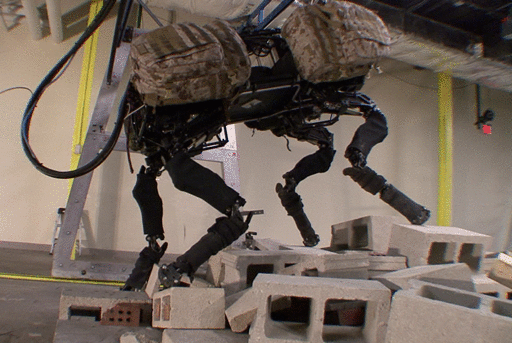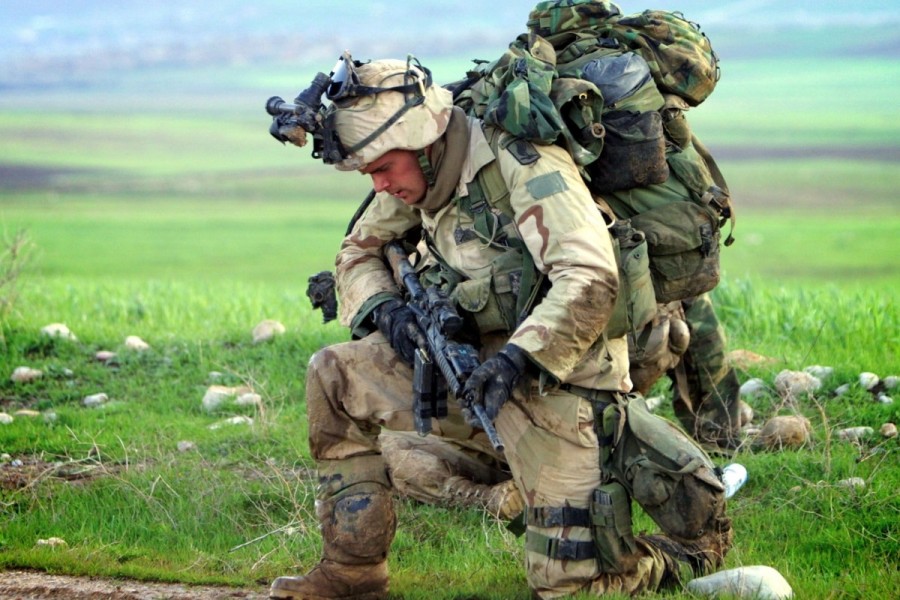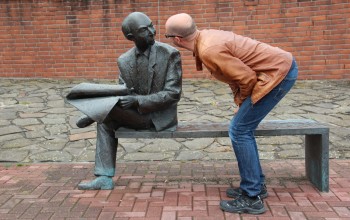Soldiers need to carry several pounds of weight that includes clothing, protective armor, helmet, harness, gadgets, batteries, in addition to a ruck pack that hold arms, ammunition and supplies for sustenance.
Studies show that on an average, soldiers carry 44 to 100 pounds (20 to 50 kilograms) of weight, that might be about 50% to 70% of their body weight.
Normal vehicles can’t be used on rugged terrains. Therefore, soldiers continue to carry loads no matter how much defense technology has advanced.
The BigDog Solution
Boston Dynamics developed the BigDog – a robotic pack mule, in 2005 to provide logistics support to soldiers and remove burden from their back. The BigDog walks on four legs much like a mule and is very efficient.
- Move across various kinds of surfaces
- Walks in muddy trails, snow and water
- Climbs slopes upto 35 degrees
- Runs at 4 miles per hour
- Carries upto 340 pounds of weight
- Recycles energy as it walks

What more can one ask for? The load carriage problem is solved!
A later version, known as the AlphaDog even balances itself when kicked. I’ll let this video released by Boston Dynamics in 2008 tell the next part of the story.
That’s awesome!
Yet the solution was discontinued
Unbelievable that what looked like the holy grail of load carriage for soldiers was discontinued in December 2015. Though it solved a very painful problem, it turned out to be a pain in itself, because it was too noisy for use in combat. If you saw that video, you also “heard” what that means.
A quieter version called Spot also did not help as it could carry only 40 pounds.
An ideal logistics solution is one that carries loads of load without making noise. Probably that’s what Boston Dynamics or somebody else may be working on already.
What’s this story doing on a marketing blog?
The message is pretty simple and straightforward – when we offer solutions to problems in the form of products and services, those solutions should not have problems.
If the medicine has heavy side-effects and causes new problems, we reject it even though it may solve our original problem.
Our solutions should not cause any pain WHATSOEVER to users. For example, if a mobile app uses a lot of memory space or drains battery or is not compatible with certain operating systems and devices, then it will not have as many takers as you’d like it. If a gadget is very expensive or isn’t user friendly or is difficult to use or causes some pain or the other, users will reject it hands down.
While designing a solution, we may be preoccupied with what pain points it should address. What is more important is to make sure that the solution doesn’t create new pain points for the user.
BigDog images and video: Courtesy Boston Dynamics
Cover photo: The famous photo of the paratrooper from the 173rd ABCT after the jump on an airfield during Iraq invasion.




